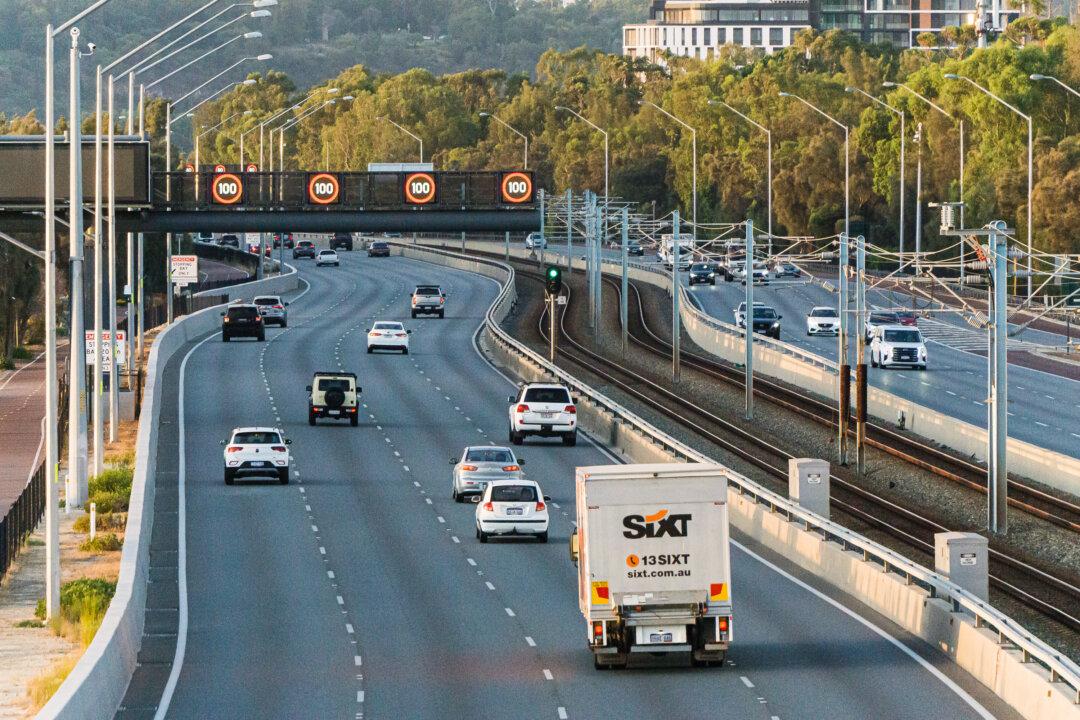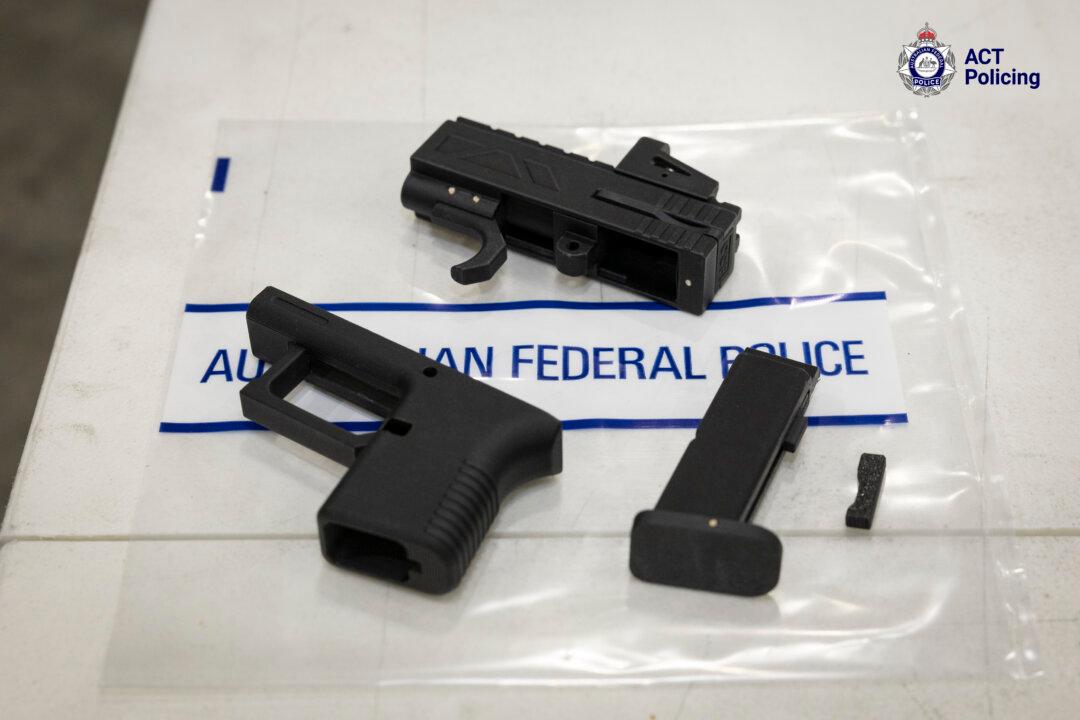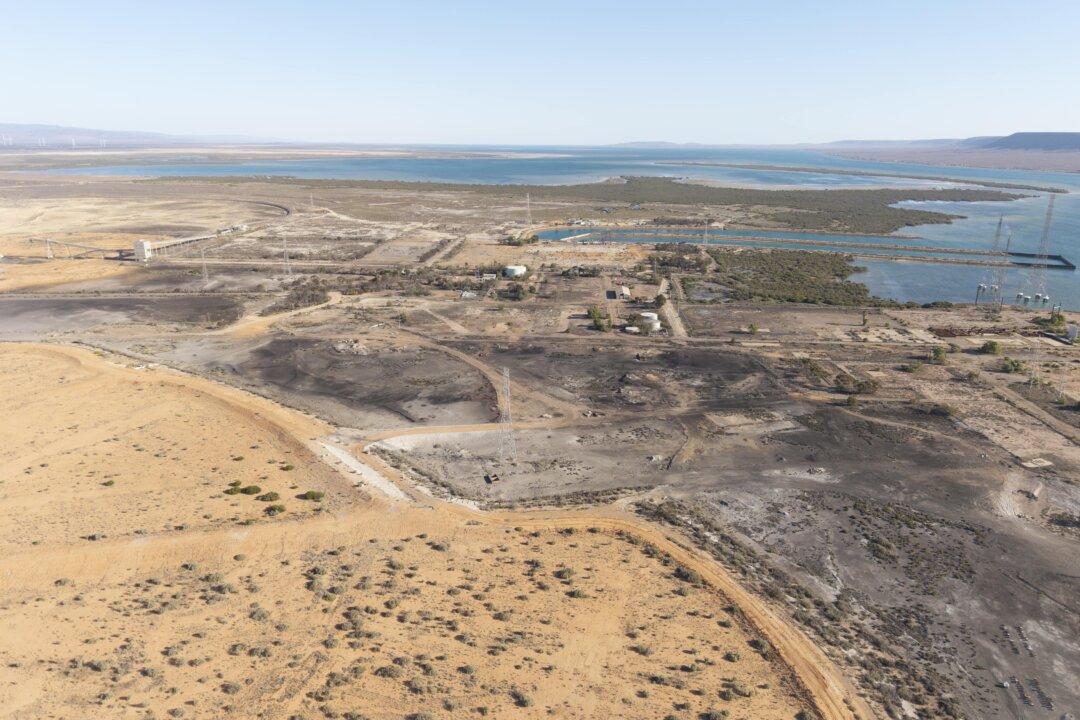The Western Australian government will officially launch a new “smart freeway” on Dec. 22, featuring 1,400 new technology pieces.
Road sensors, on-ramp signals, CCTV cameras with incident detection sensors, and overhead gantries are among the revamped technologies to be installed along the southbound lanes of the Mitchell Freeway.





